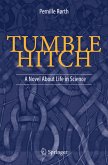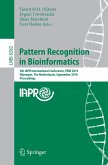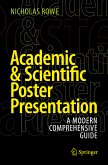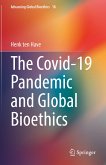As if this were not enough, she soon finds herself thrown into the middle of a quickly thickening plot, where the legacy of Genghis Khan meets the hunt for FOXP5, a genetic transcription factor that could herald the dawn of new human species.
Initially caught helplessly between well-meaning fellow scientists, the government, and more sinister agents, Michelle eventually takes control with the help of a host of unlikely heroes and finds the courage to confront the decision of whether to save human lives or humanity. The scientific and technical aspects underlying the plot - in particular aspects of FOX proteins, genetic mutations, viruses, and cancer as well as the relation between intelligence and cortical complexity - are introduced and discussed by the authors in an extensive, non-technical appendix.
Science writer Wallace Kaufman's work has appeared in major magazines and newspapers in the U.S., England, and Kazakhstan. After Duke University he earned an M.Litt. from Oxford. His writing has taken him to Central and South America, to European Russia and the coasts of Siberia. He worked in most of Central Asia and served as resident adviser on housing and land reform in Kazakhstan. His books include Invasive Plants: Guide to Identification and the Impacts and Control of Common North American Species (2nd edition, 2013), Coming Out of the Woods - A Memoir (2001), No Turning Back (1994), and The Beaches Are Moving: The Drowning of America's Shoreline, (1979/1983).
David Deamer is a Research Professor of Biomolecular Engineering at the University of California, Santa Cruz. He recently published First Life: Discovering the Connections between Stars, Cells, and How Life Began (2011). Deamer's research concerns molecular self-assembly processes related to the origin and evolution of membrane structure. Over the past 25 years, he has been engaged in developing nanoscopic pores in lipid bilayers as a way to sequence DNA. This work came to fruition in 2015 when the first portable nanopore sequencing device was successfully tested by early users.
Dieser Download kann aus rechtlichen Gründen nur mit Rechnungsadresse in A, B, BG, CY, CZ, D, DK, EW, E, FIN, F, GR, HR, H, IRL, I, LT, L, LR, M, NL, PL, P, R, S, SLO, SK ausgeliefert werden.
"This title by Wallace Kaufman and David Deamer, I would say, is the best I've ever read in terms of achieving a balance of the two. ... enjoyed the adventure, which hovered between adult and young adult in apparent audience level, and felt I was really gaining something from the science content - so a good thumbs up to Messrs Kaufman and Deamer." (Brian Clegg, Popular Science, popsciencebooks.blogspot.de, July, 2016)









